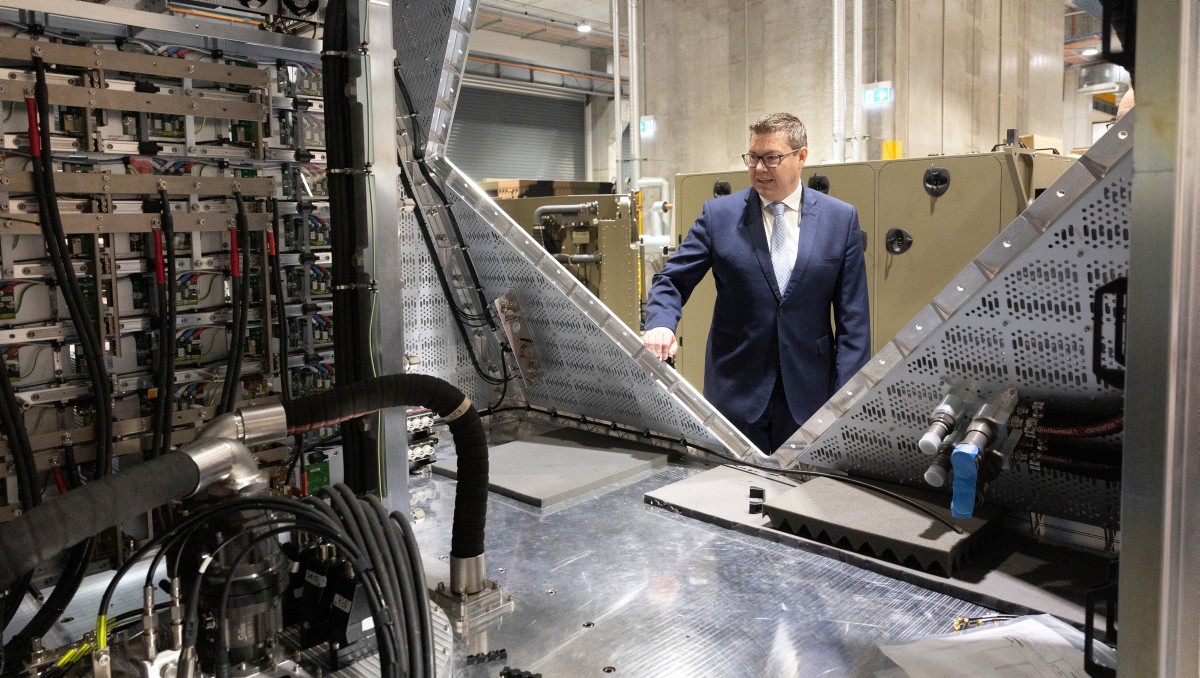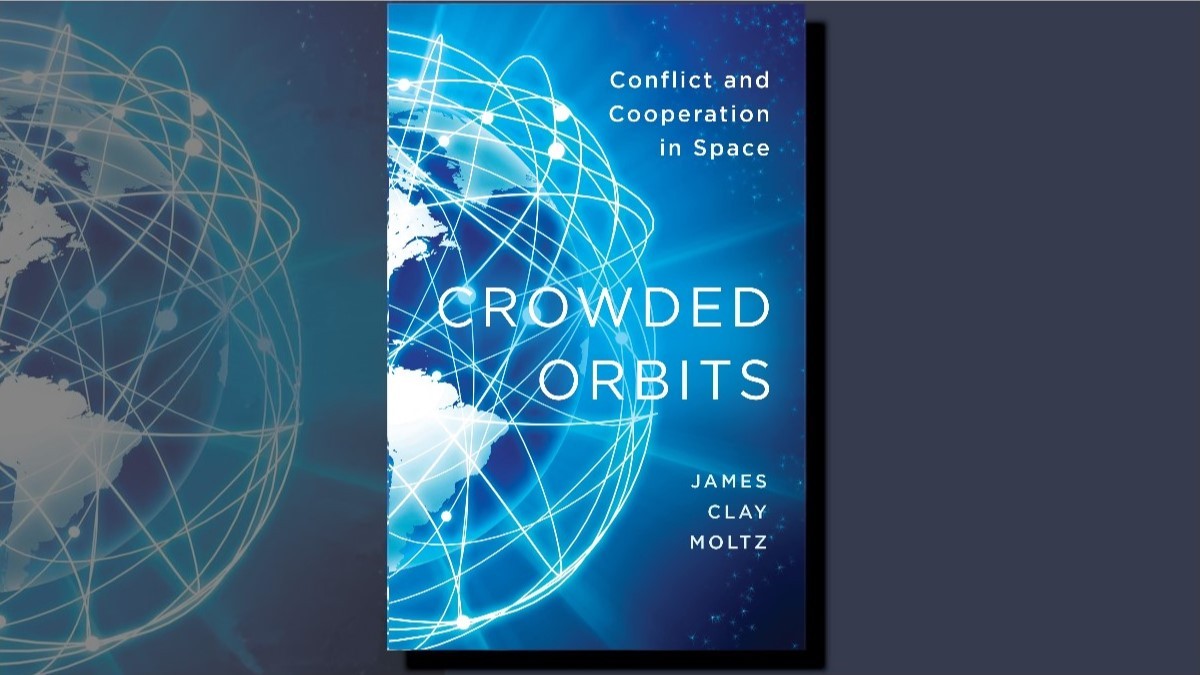Spotlight Brief 2/22
An Operational Overview of the Russian Invasion of Ukraine February-June 2022
Abstract
This Spotlight brief describes the events of the 2022 Russian invasion of Ukraine, part of the ongoing Russo-Ukrainian War. This analysis is in three parts: first, it examines the broad composition of the Russian and Ukrainian Armed Forces; second, it discusses the first phase of the invasion from February-April outlining the major operational level actions; and third, it discusses the invasion’s second phase covering the April-June period.
Introduction
Shortly before 6am Moscow time on 24 February 2022, President Vladimir Putin of the Russian Federation announced a ‘special military operation’ in Ukraine. The purported goals of this were to:
‘…protect people who have been subject to bullying and genocide by the Kiev regime for eight years…the demilitarisation and denazification of Ukraine…bringing to justice those who committed numerous, bloody crimes against civilians, including civilians of the Russian Federation.’
This announcement was swiftly followed by the Russian Armed Forces invading Ukraine in a major escalation of the ongoing conflict between the two countries. Missile strikes on airfields, and on headquarters and military depots spanning the depth of Ukraine, preceded a series of ground and air assaults across multiple fronts. Consequently, Ukraine enacted martial law, commenced mobilisation and deployed its own armed forces to respond. The invasion has since been categorised into two distinct phases. The first
phase encompasses the initial efforts to seize Kyiv and other key locations which ended in early April; the second, which is ongoing, has focussed on the Donbas region in the country’s east.
This Spotlight Brief is the second in a series which examines the ongoing Russo-Ukrainian War. Spotlight Brief 1/22 examined Ukraine’s strategic circumstances which provided context to the current conflict. This second Brief aims to provide the reader with a broad operational level overview of how the invasion has unfolded to date. It is structured in three parts. First, it examines the broad composition of the Russian and Ukrainian Armed Forces to illustrate important similarities and differences between the two. Second, it discusses the first phase of the invasion from February-April, outlining the strategic and operational objectives of the campaign and explaining the broad operational level movements during it. Third, it discusses the second phase of the invasion which refocussed on eastern Ukraine over the April-June period.
It is important to note that this conflict is ongoing and the information available is incomplete. Thus, it is likely that certain events described here will be better understood given the benefits of time and access to information that is currently unavailable. Accordingly, this paper aims to provide the reader with a broad overview of operational events and necessarily omits discussion on minor tactical actions, battles and engagements. This Brief primarily focusses on the application of land power by the Russian Ground Forces and the Ukrainian Land Forces. A subsequent Brief will examine a range of lessons that may be derived from this conflict.
| Attachment | Size |
|---|---|
| spotlight_brief_2-22_operational_overview_of_the_russian_invasion.pdf (4.21 MB) | 4.21 MB |

Publication Date



